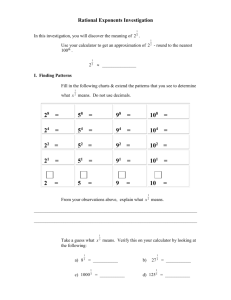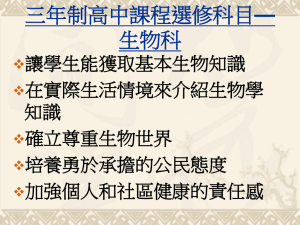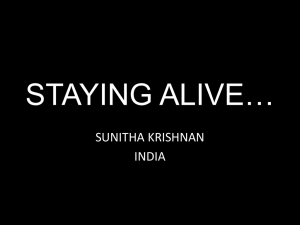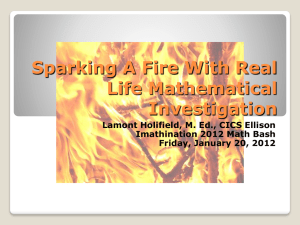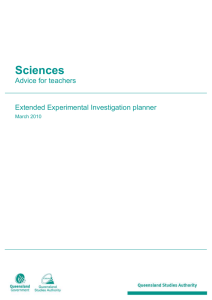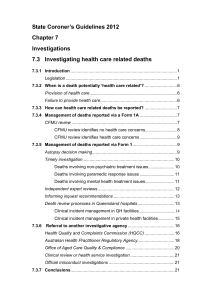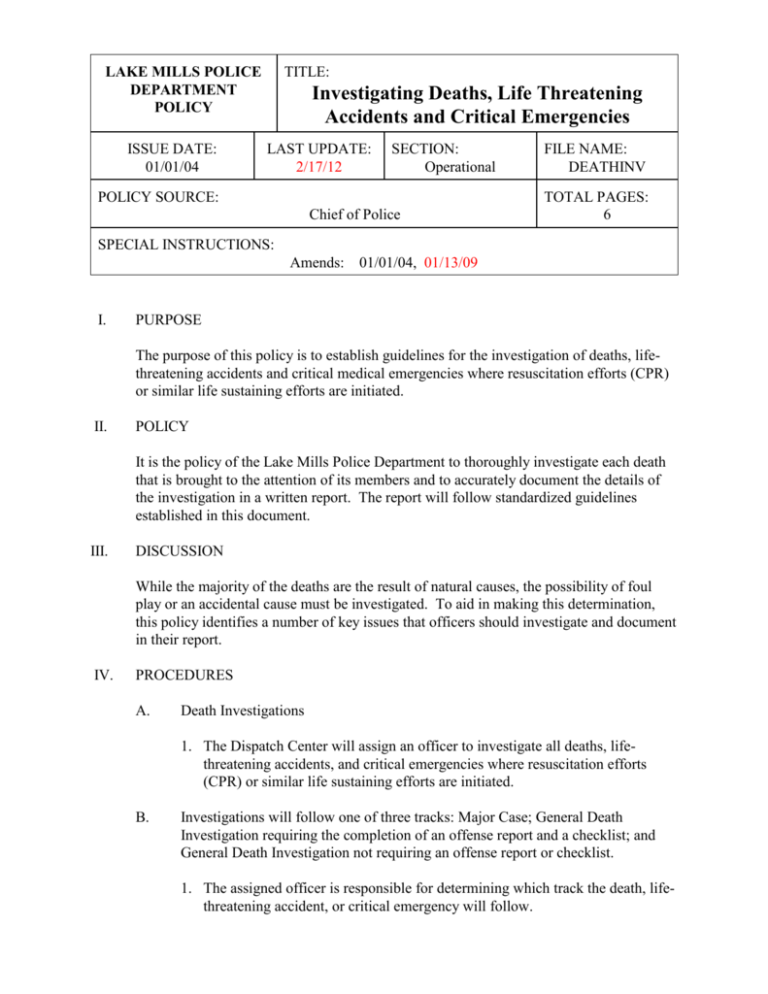
TITLE:
LAKE MILLS POLICE
DEPARTMENT
POLICY
ISSUE DATE:
01/01/04
Investigating Deaths, Life Threatening
Accidents and Critical Emergencies
LAST UPDATE:
2/17/12
SECTION:
Operational
POLICY SOURCE:
Chief of Police
FILE NAME:
DEATHINV
TOTAL PAGES:
6
SPECIAL INSTRUCTIONS:
Amends:
I.
01/01/04, 01/13/09
PURPOSE
The purpose of this policy is to establish guidelines for the investigation of deaths, lifethreatening accidents and critical medical emergencies where resuscitation efforts (CPR)
or similar life sustaining efforts are initiated.
II.
POLICY
It is the policy of the Lake Mills Police Department to thoroughly investigate each death
that is brought to the attention of its members and to accurately document the details of
the investigation in a written report. The report will follow standardized guidelines
established in this document.
III.
DISCUSSION
While the majority of the deaths are the result of natural causes, the possibility of foul
play or an accidental cause must be investigated. To aid in making this determination,
this policy identifies a number of key issues that officers should investigate and document
in their report.
IV.
PROCEDURES
A.
Death Investigations
1. The Dispatch Center will assign an officer to investigate all deaths, lifethreatening accidents, and critical emergencies where resuscitation efforts
(CPR) or similar life sustaining efforts are initiated.
B.
Investigations will follow one of three tracks: Major Case; General Death
Investigation requiring the completion of an offense report and a checklist; and
General Death Investigation not requiring an offense report or checklist.
1. The assigned officer is responsible for determining which track the death, lifethreatening accident, or critical emergency will follow.
Issued: 01/01/04
DEATHINV
Page: 2
a. When attempting to determine what level a crime, critical incident, or
death should be investigated, the officer should try to determine if an
act or omission of another caused the victim’s death, serious injury, or
condition.
b. The officer should also consider the guidelines listed below when
evaluating a death. A negative response to any of these guidelines
requires an investigation in accordance with the department’s Major
Case Policy.
1) Was the victim’s age consistent with the medical emergency or
apparent cause of death?
2) Was the victim’s medical history (i.e. current medication,
recent medical care, or professional diagnosis) consistent
with the medical emergency or apparent cause of death?
3) Was the death, critical medical emergency, or life-threatening
accident a witnessed event and is the information provided by
the witness(es) credible and consistent with the victim’s
medical condition or accident.
2.
A supervisor will be contacted if there is any question about what track a
death investigation should follow.
3.
Major Case Investigations- As a general rule, incidents requiring Major Case
investigations include:
a.
Homicide
b.
Suicide
c.
Death of a child (under 18 yoa)
d.
Poisoning
e.
Accidental death (refer to TRAFACCINV Policy for traffic
fatalities)
f.
Any death that is unexplained, unusual, or of suspicious
circumstances
g.
Any death that results from a crime (aggravated assault, sexual
assault, armed robbery, etc.)
4.
General Death Investigations (Offense Report required and checklist)
a.
The supervisor is responsible for making sure the death is
thoroughly investigated by the assigned officer or himself/herself.
b.
With the exception of those deaths described in Section 5, all
investigations require the completion of an incident report and
death investigation checklist (See Appendix) using the
investigative guidelines and format contained herein.
Issued: 01/01/04
5.
DEATHINV
Page: 3
c.
The positive identification of the victim is imperative. The
investigating officer should have a family member, relative, or
credible friend confirm the identity of the victim.
d.
Photographs and documentation of the identity of the deceased
person should be taken when the investigating officer is not able to
confirm the identity of the victim. The assigned officer and
supervisor will be responsible for determining if
additional photographs of the victim or scene are necessary.
General Death Investigation (No Offense Report or Checklist Required)
a.
b..
The assigned officer is responsible for reviewing the circumstances
related to the death with the assigned their supervisor as indicated
in (b).
Generally, when a death is witnessed or discovered by a credible
person and sections 1-3 of the following can be confirmed, a
supervisor is not necessary to complete an offense report or
complete a death investigation checklist.
1. Resuscitation efforts (CPR) are performed on the victim and
the victim is transported to a hospital emergency room.
NOTICE: The officer must contact the attending emergency room
physician to verify that the death is from natural causes
consistent with the victim’s age or medical condition.
2. The victim’s medical history (i.e. current medication, recent
medical care, or professional diagnosis) is consistent with the
medical emergency.
3. The victim’s age is consistent with the medical emergency.
Examples of a death that do not require the notification of a
supervisor:
4. When the deceased is in a hospice program and death results
from the diagnosed illness.
5. When the deceased is a resident of a nursing home or other
medical facility and the death is diagnosed as due to natural
causes.
6. When the deceased is wearing a “Do Not Resuscitate” (DNR)
bracelet and the documents supporting the DNR Order can be
Issued: 01/01/04
DEATHINV
Page: 4
reviewed (provided the death is due to natural causes).
Coroner Notification:
A.
In all deaths requiring an investigation, the coroner shall be notified at the
same time the supervisor is called to the scene so that a joint investigation
may be undertaken.
B.
With the exception of traffic fatalities, the assigned supervisor will be
responsible for notifying the coroner in all other deaths.
C.
When an Accident Investigation Team is assigned to investigate a traffic
accident where a fatality has occurred, the coroner shall be notified at the
same time as after the Accident Investigation Team members so that a
joint investigation may be completed.
D.
Upon conclusion of the investigation, the taped narrative shall include the
list of observations in Appendix A. This list shall appear in the report prior
to the summary of the incident. Each item in the list shall appear in a
separate paragraph under the corresponding heading.
Kathleen Hansen
Chief of Police
Date: 02/17/12
Issued: 01/01/04
DEATHINV
Page: 5
APPENDIX A
1.
IDENTIFICATION OF DECEASED: Yes or no? If yes, how
was identification accomplished. If no, how is it to be
accomplished?
2.
LOCATION OF BODY: Geographic location: inside or outside?
If inside, where; i.e., living room, basement, foyer, lobby, etc. If
outside, describe area.
3.
POSITION OF BODY: Sitting, face down, face up, hanging, etc.
4.
CLOTHING DESCRIPTION: Type, color, condition, partially
clothed, fully clothed.
5.
CONDITION OF BODY: Well preserved, decomposed, rigor
mortis present, postmortem lividity marks present, color.
6.
WOUNDS: Yes or no? If yes, location, type; e.g., gunshot, stab,
laceration, blunt force.
7.
WEAPONS PRESENT: Yes or no? If yes, type, description;
e.g., gun or edged weapon, blunt instrument, gag, restraints.
8.
EVIDENCE OF CRIME: Yes or no? If yes, type of crime; e.g.,
burglary, robbery, theft, arson, none.
9.
CONDITION OF SURROUNDINGS: Orderly, untidy, disarray,
odors present, interior and exterior lighting; special attention to
condition of doors and windows; i.e., forced entry or signs of
struggle.
10.
WEATHER/TEMPERATURE: Outside and/or inside
temperature, (actual temperature if available). General weather
conditions.
11.
MEDICATIONS PRESENT: Yes or no? If yes, type of
prescription medications, medical history.
12.
EVIDENCE OF ALCOHOL/DRUG ABUSE: Yes or no? If
yes, type and amount of beverage/drug or presence of empty
containers/paraphernalia.
Issued: 01/01/04
DEATHINV
Page: 6
13.
EVIDENCE OF UNUSUAL SEXUAL PRACTICES: Yes or
no? If yes, describe.
14.
LAST CONTACT WITH DECEASED: Identify all people
present at the time of death. (who, when, why) Did the deceased
give any indication of depression? Were there any recent unusual
comments, behavior, arguments, or threats? Did anybody leave
before the police arrived?
15.
NEXT OF KIN: Name, address, phone number, if contacted,
death notification made by whom.
16.
DATED MATERIAL: Mail, newspapers, deliveries, and
collections.
17.
EVIDENCE OF LAST FOOD PREPARATION: Where, type,
meal completed?
18.
DISPOSITION OF BODY: Morgue? Hospital? Funeral home?
Name of coroner.
19
CORONER NOTIFIED: When? By whom? Time of arrival?
20.
RESCUE OR AMBULANCE PERSONNEL: Identify rescue or
ambulance service and personnel. Note observations of rescue
personnel.
21.
PROPERTY: Building secured, significant property or valuables
secured or inventoried, by whom? Identify and secure motor
vehicles.
22.
INSURANCE: Life insurance; how much; beneficiaries. List the
insurance companies and how long policy was in effect.
23.
OTHER: Anything unusual, odd, unexplainable, or out of the
ordinary.
24.
SUMMARY OF THE INVESTIGATION: Officer's
investigative narrative.

